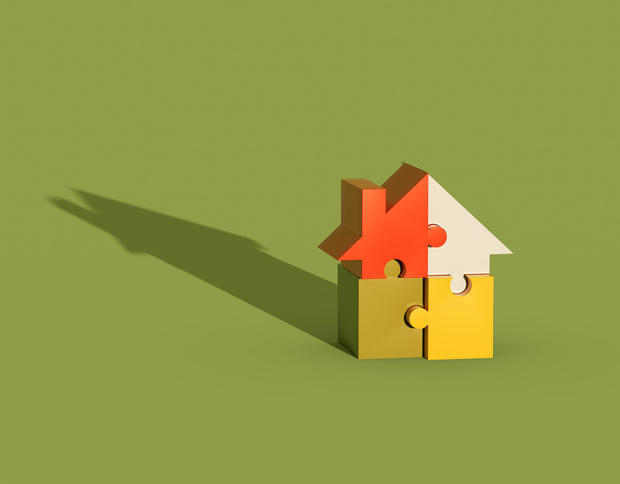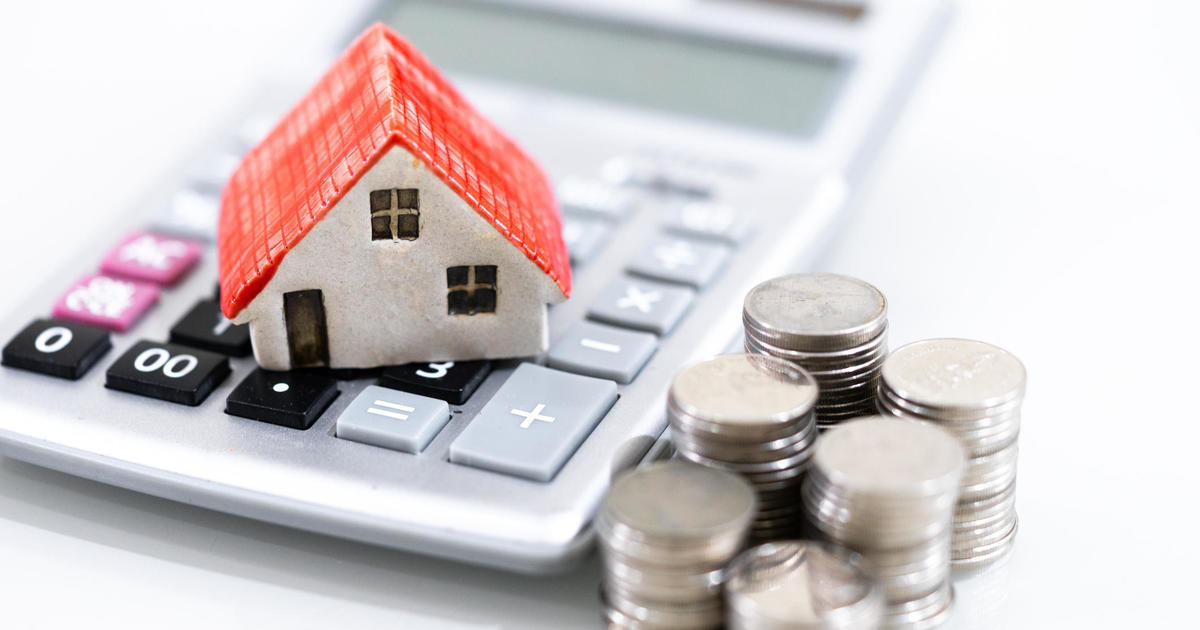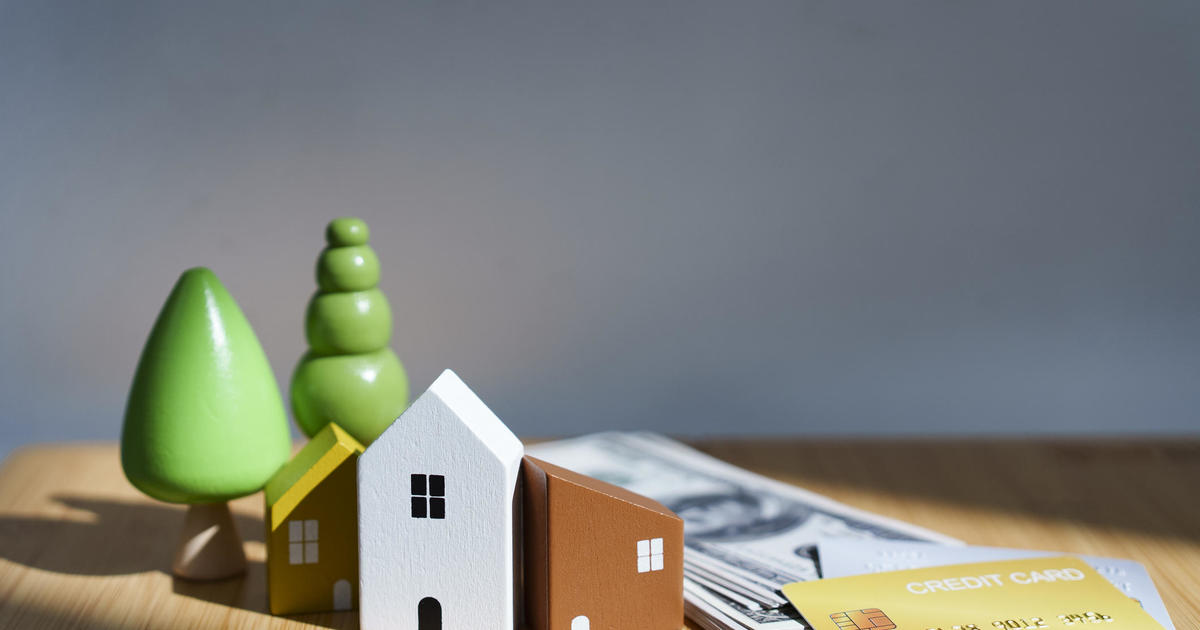How does the HELOC repayment process work?
With inflation soaring and the cost of borrowing hitting multi-decade highs, homeowners are fortunate to have access to a more affordable source of financing: their home equity. While interest rates on credit cards, personal loans and even traditional mortgage refinances have crept well into the double digits, home equity loans and home equity lines of credit (HELOCs) remain comparatively cheap, with home equity rates currently hovering between 8% and 9%.
This relatively low cost of borrowing comes at an opportune time for American homeowners, who have seen immense gains in their home equity levels in recent years. Right now, the average homeowner with a mortgage has $300,000 in equity built up in their homes, which means the typical homeowner has substantial borrowing power through home equity products. Lenders generally allow borrowers to access between 80% to 90% of their home's equity value, so with $300,000 in average home equity, the typical borrower could tap around $190,000 of that equity.
But while home equity borrowing can be a smart financial move for a variety of uses – debt consolidation, home renovations, large purchases, business investments, etc. – it's important for borrowers to understand the repayment process, especially when using a HELOC. After all, the HELOC repayment structure is unique compared to other common borrowing options.
Ready to borrow from your home's equity? Compare your top rates here.
How does the HELOC repayment process work?
When you take out a HELOC, you are approved for a revolving credit line with a set maximum amount, similar to a credit card. This line of credit is secured by the equity in your home.
During the HELOC's draw period, which typically lasts five to 10 years, you can freely borrow against your credit line up to the maximum amount. But you only have to make monthly payments on the amount you borrowed, not the full credit line.
The monthly payments during the draw period are usually interest-only. You are not required to pay down any of the principal borrowed amount during that period. This means your payments only go toward the interest charges that accrue each month on your outstanding HELOC balance during this time.
Once the draw period ends, you enter the repayment period, which typically lasts between 10 to 20 years. During the repayment period, you can no longer borrow additional funds against your HELOC, and you must start paying down the principal borrowed amount, not just the interest.
Your monthly payments will increase significantly in the repayment period. Instead of only paying interest charges each month, your payments will go toward both interest and principal repayment through fixed amortizing payments, similar to a mortgage.
The transition from the interest-only draw period to the principal-plus-interest repayment period can cause payment shock if borrowers are not prepared for their HELOC payments to spike. In turn, it's important to understand this repayment structure upfront and plan for the increased costs during the repayment phase.
Learn how affordable home equity borrowing can be right now.
Why a HELOC makes sense right now
Despite the complexities involved in the HELOC repayment process, now is an advantageous time to consider tapping your home's equity through a HELOC for several reasons:
- HELOC rates remain low compared to other borrowing options. At about 9%, HELOC rates are significantly cheaper than credit cards (currently averaging 21% or higher and personal loans (currently averaging over 12%). And, they can make more sense than a cash-out refinance for those who secured a low mortgage rate during the pandemic.
- Home values and equity levels have soared. With the average homeowner sitting on $300,000 in tappable equity, borrowers have substantial equity available to access through HELOCs or home equity loans.
- Interest rates are high right now, but HELOC rates are variable. So, rather than locking in your interest rate for the long term, your rate can change over time based on the overall rate environment. That could be a big benefit if rates drop in the future, which they're expected to.
- You can borrow flexibly for a variety of uses. HELOCs offer revolving credit lines that can be used for nearly any purpose – consolidating high-interest debt, funding home renovations, investing in a business, covering college tuition or making other major purchases.
The bottom line
For borrowers with sufficient home equity built up, HELOCs can offer an attractive and flexible source of relatively affordable financing amidst today's high-inflation, rising-rate environment. But while borrowing from your home's equity can be a good option right now if you need to borrow money, it's still critical to borrow responsibly with a HELOC and have a plan to afford the increased payments once the repayment period begins. That way, you can ensure that your HELOC aligns with your overall financial plan and is the option that works best for your needs.




